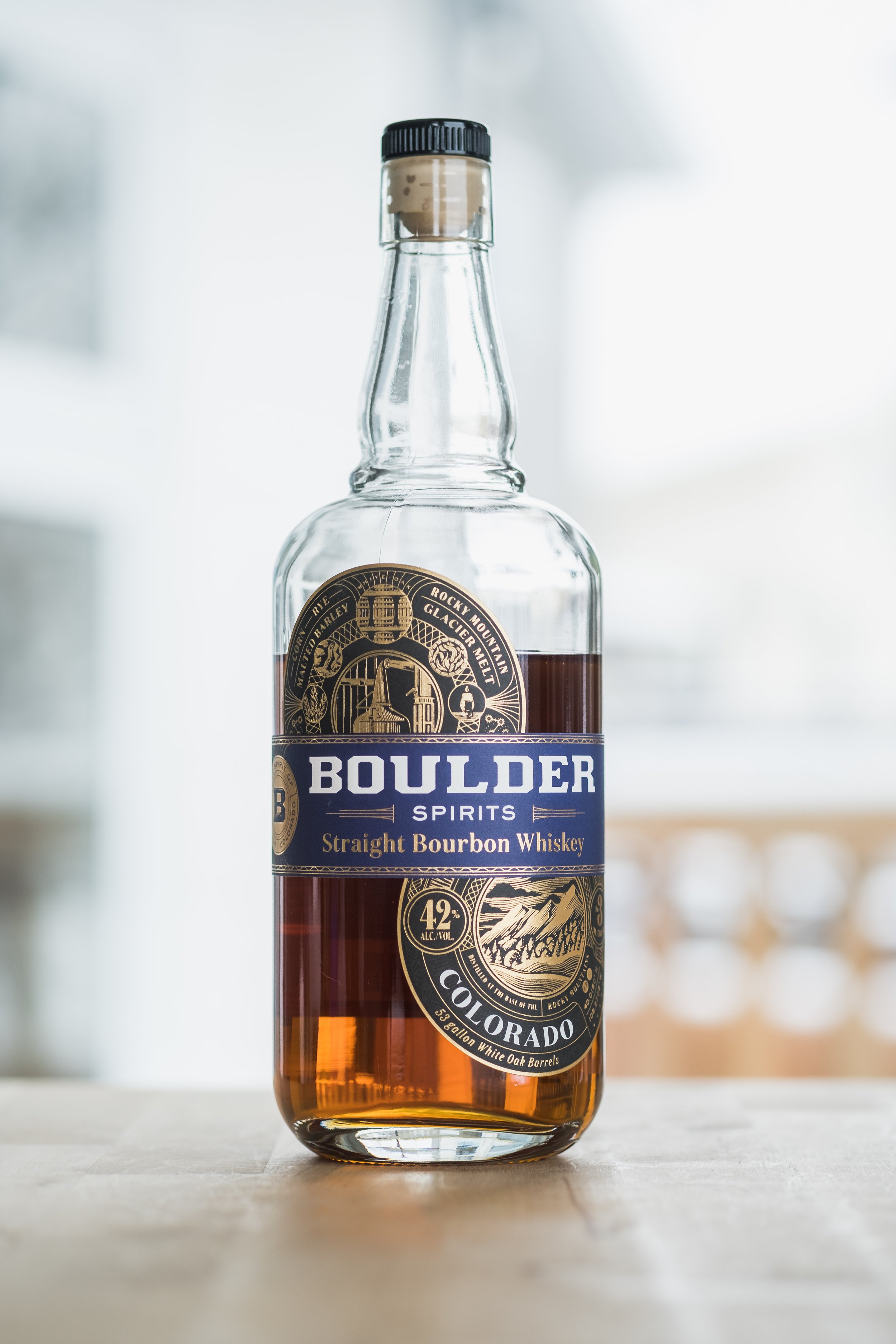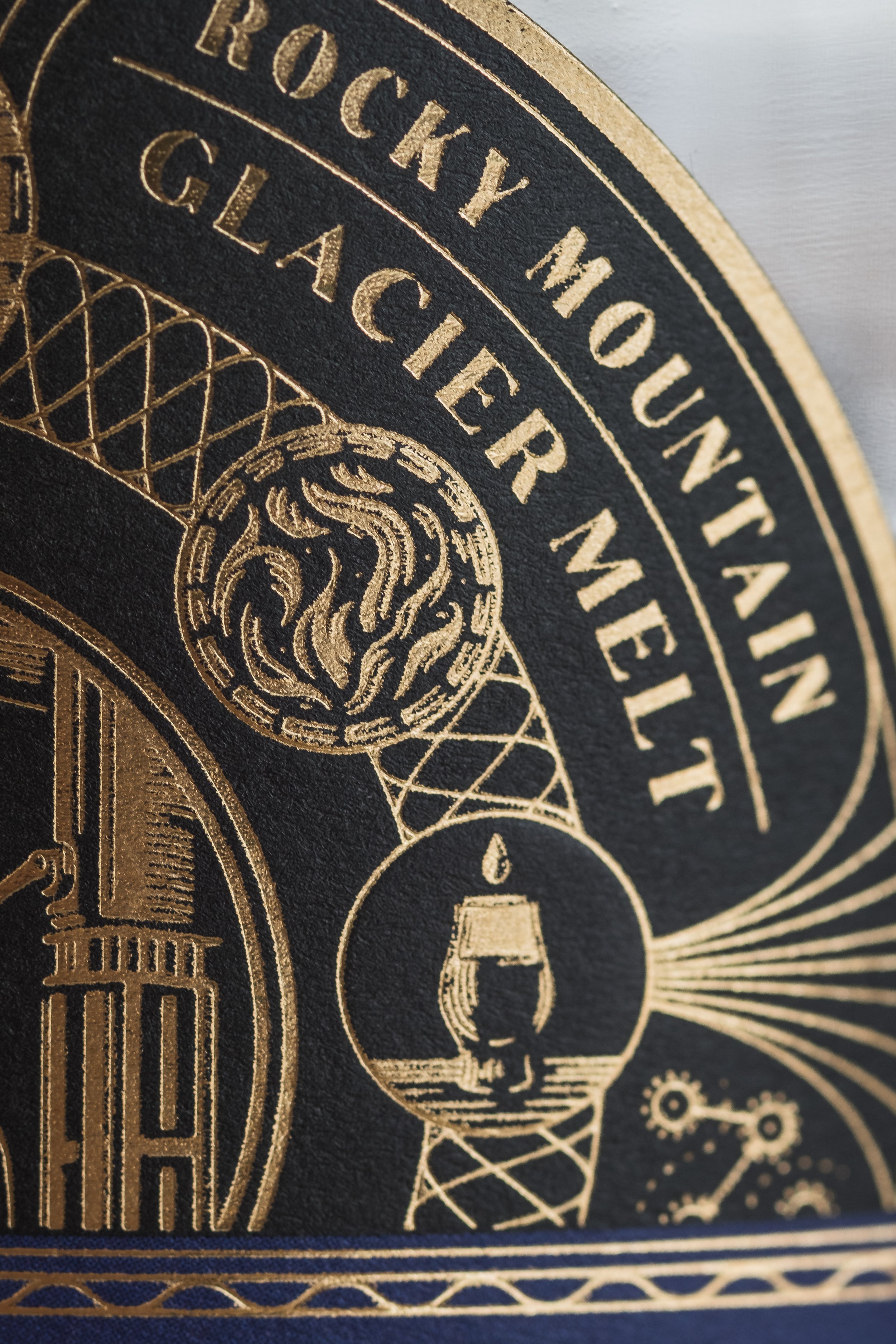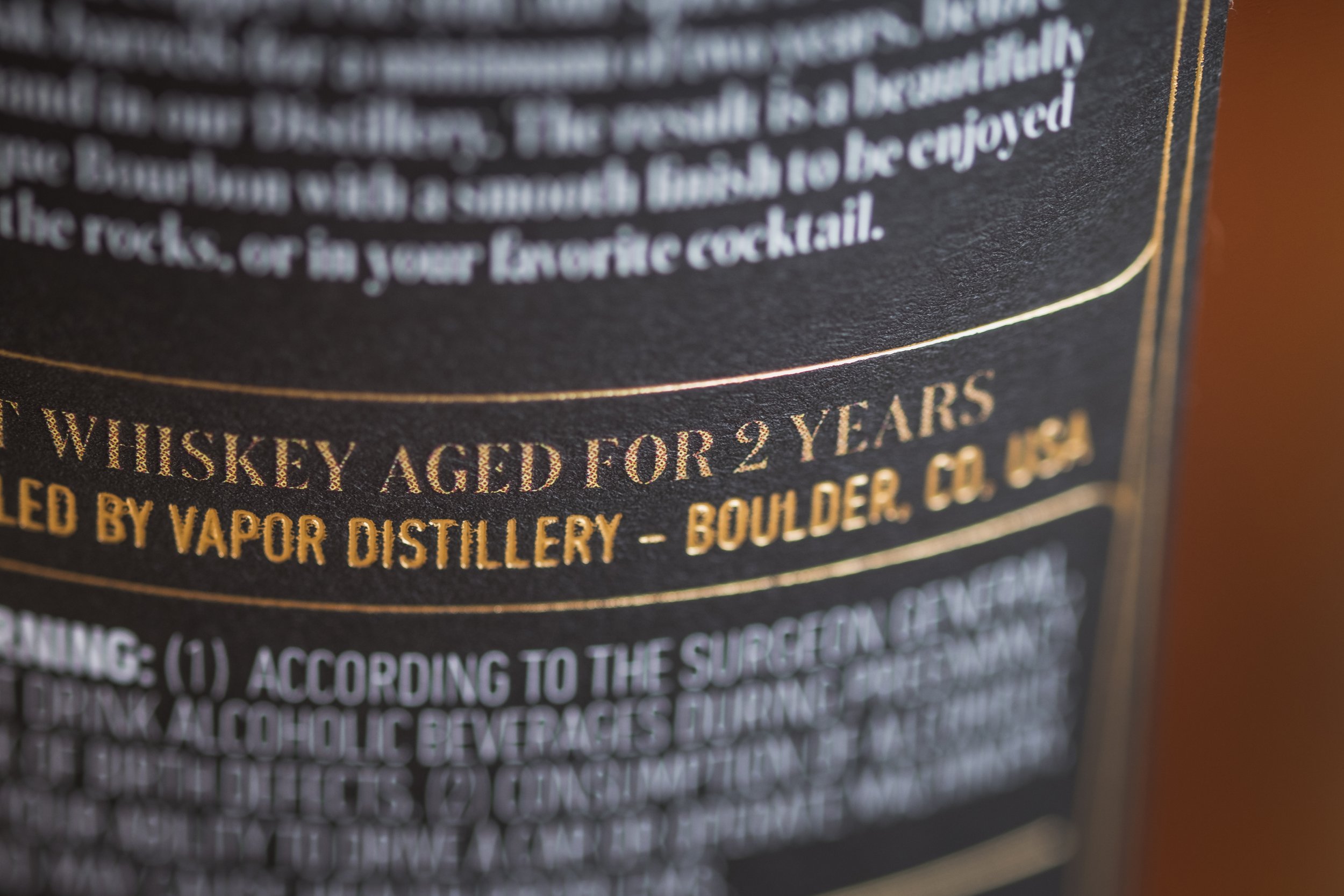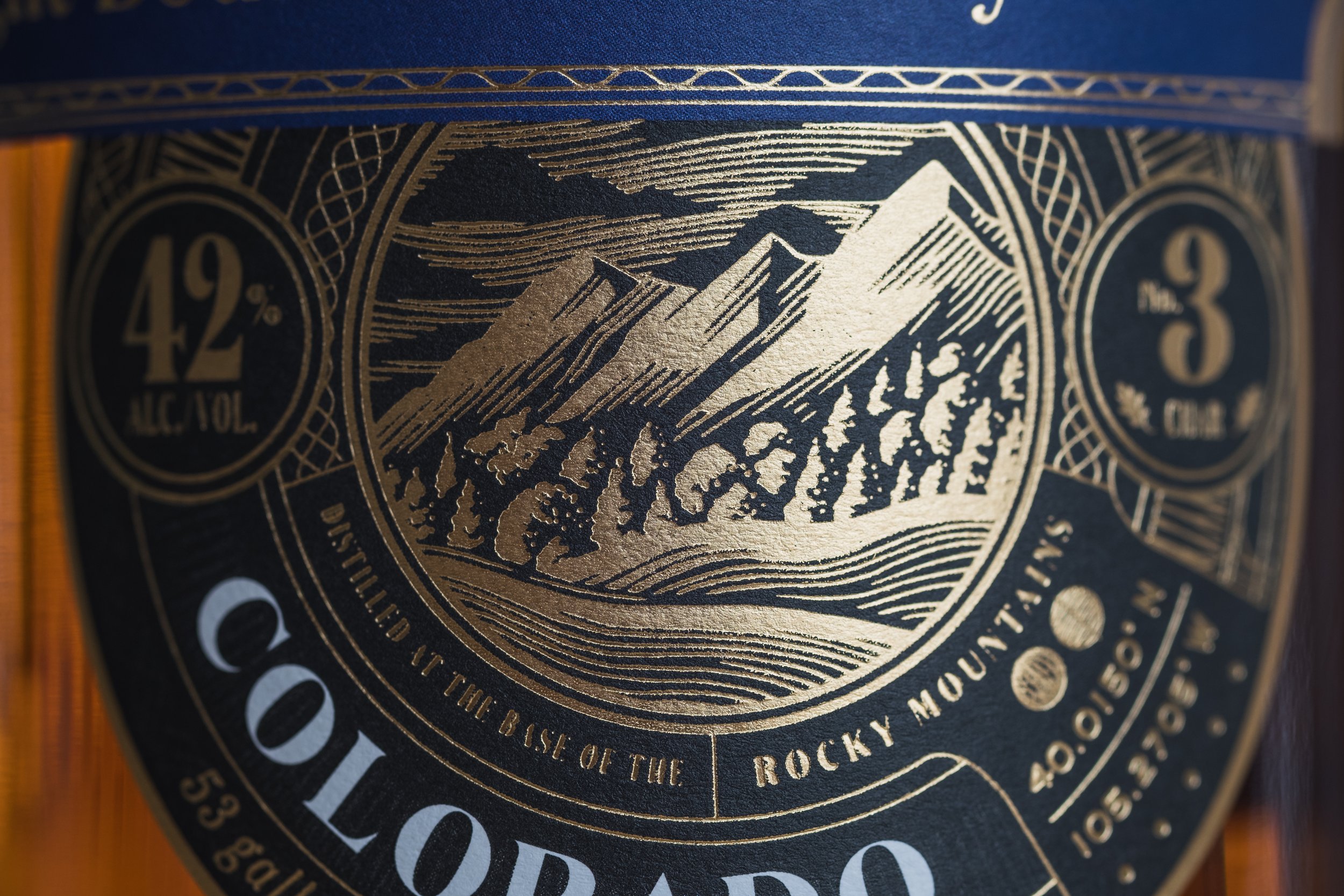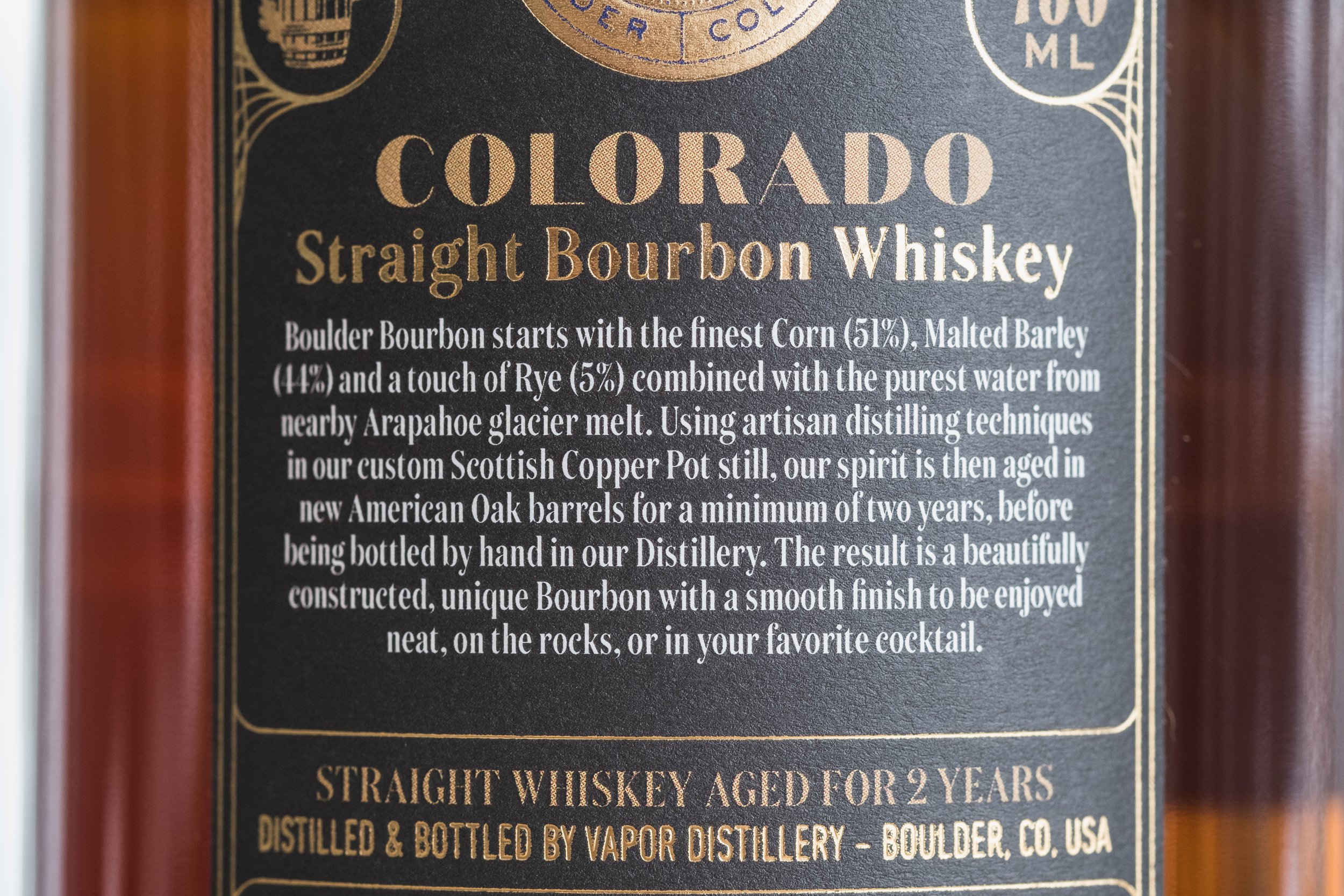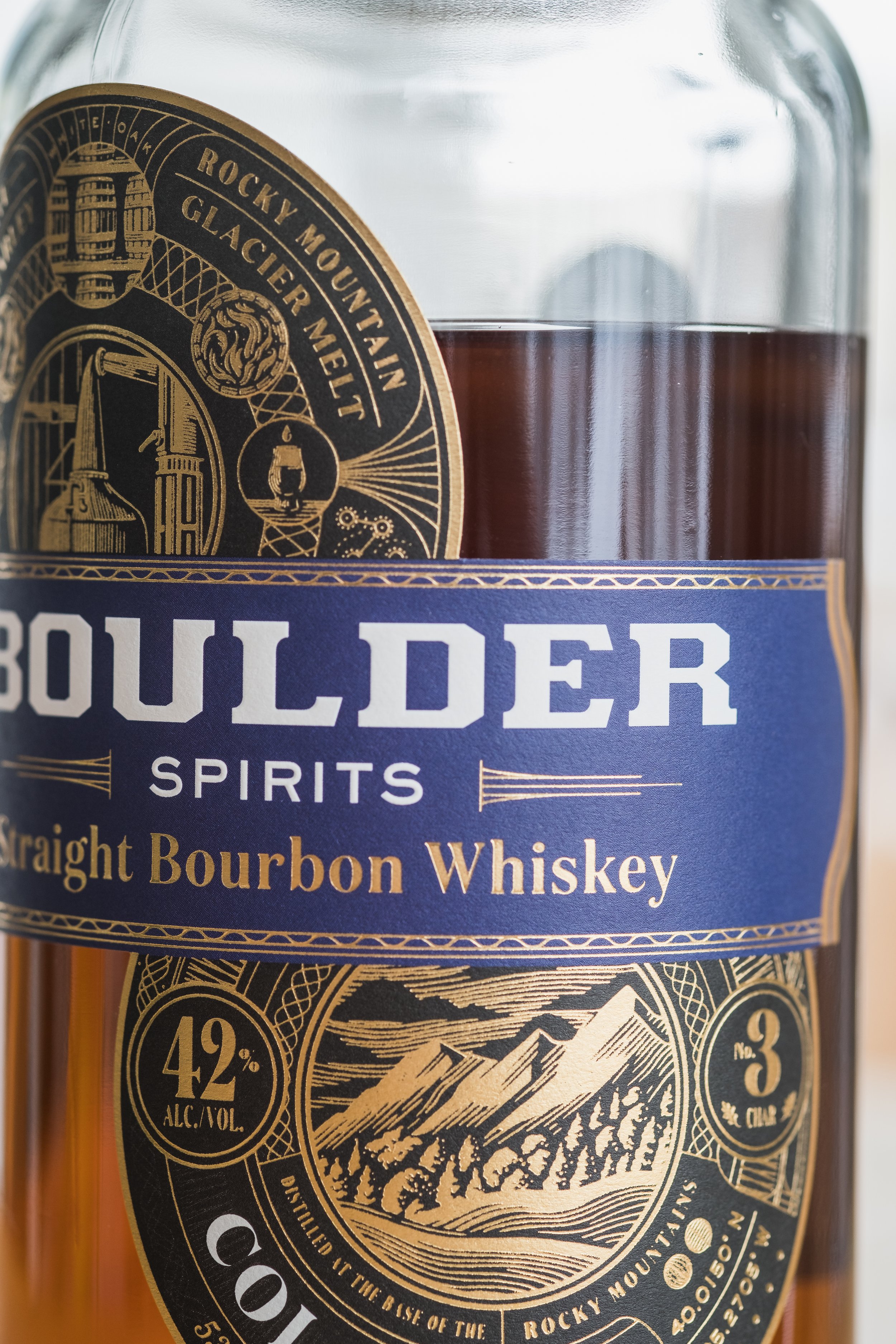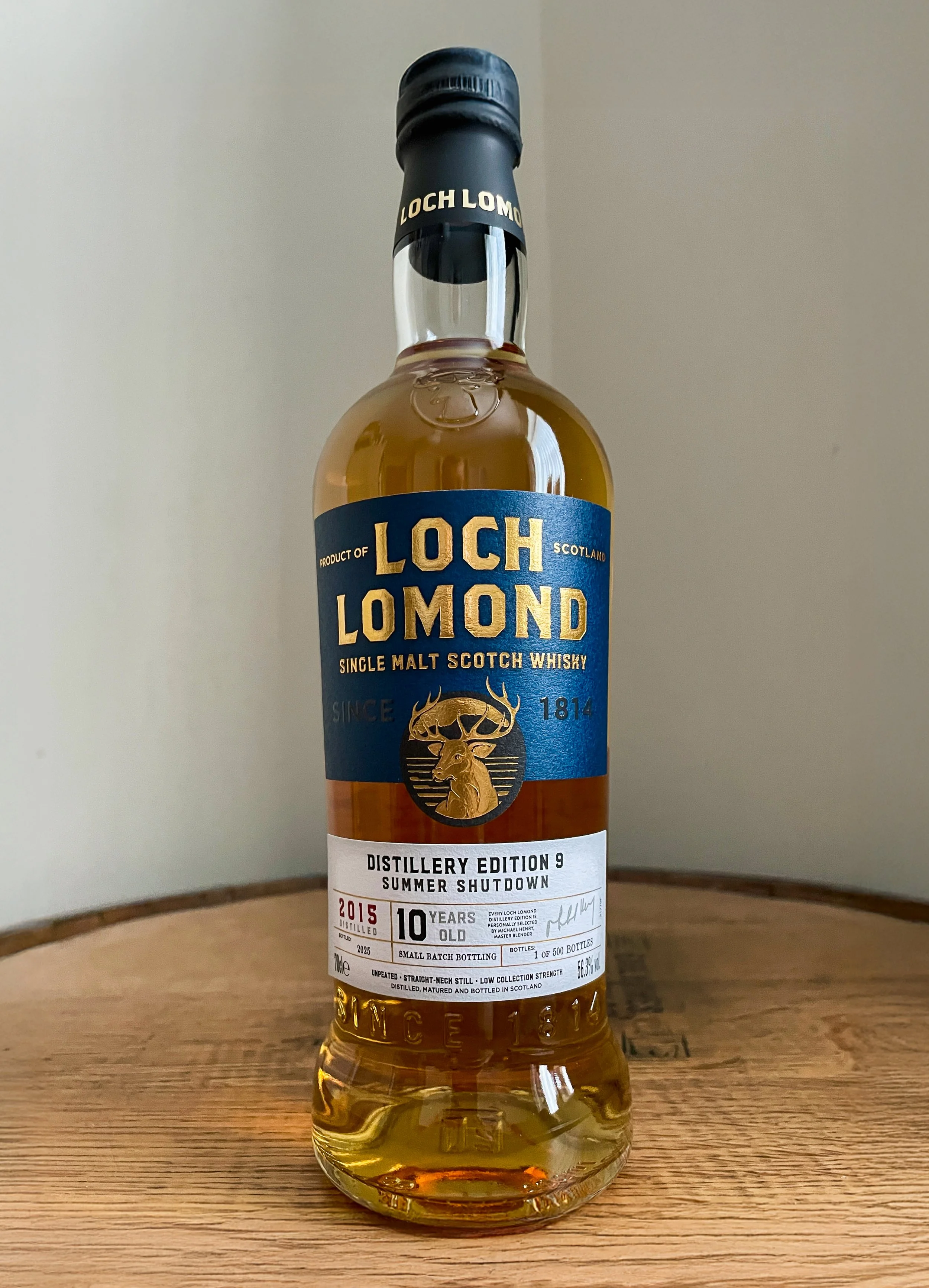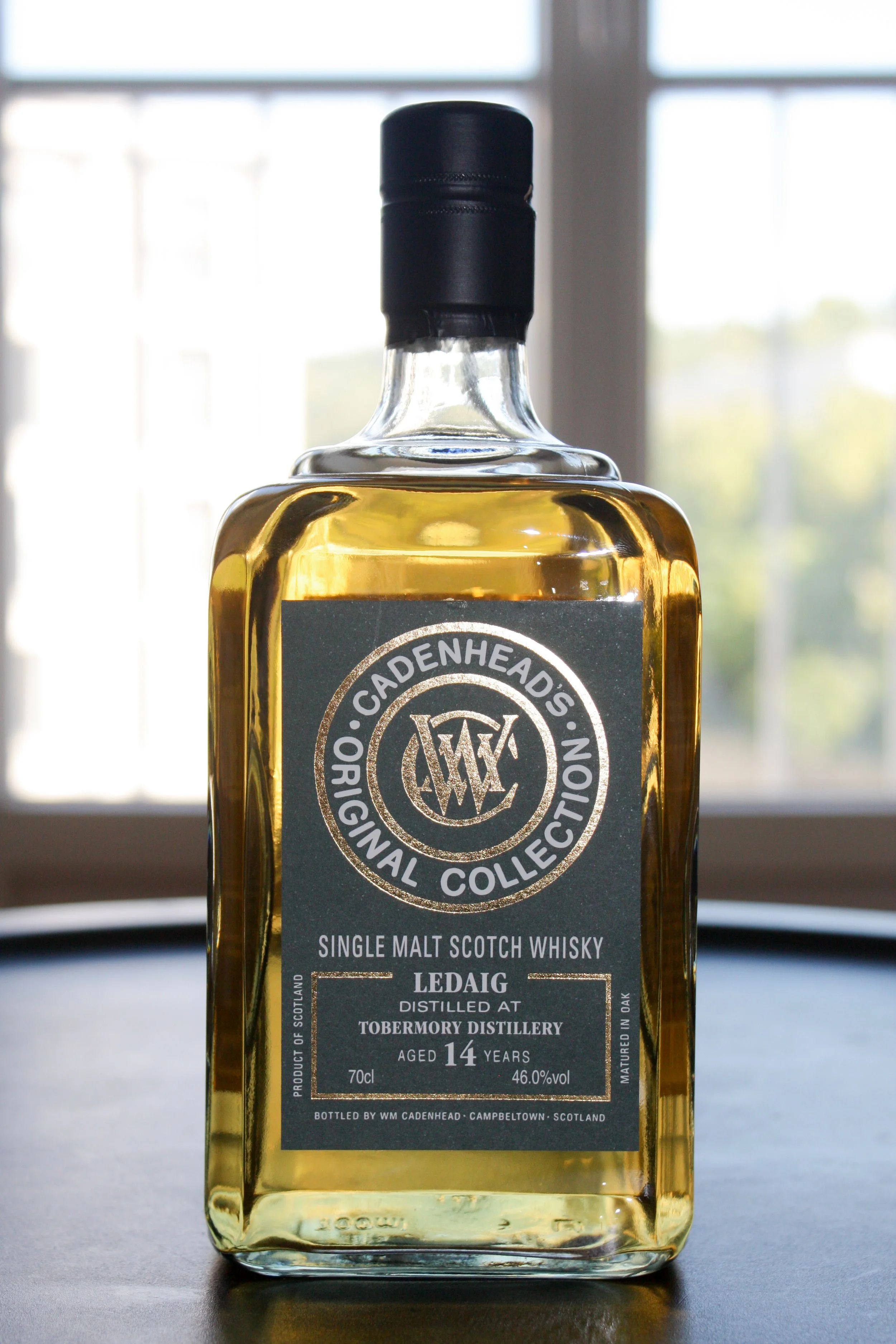Bourbons For Malt Drinkers 1/2
Boulder Colorado Bourbon | 42% ABV
Score: 6/10
Good stuff.
TL;DR
Enjoyable and easy high-malt content bourbon
The mash bill: A foreign concept to some, all too familiar for others (Pt. 1)
For the vast majority of Scottish or Irish whisky drinkers, the mash bill is a variable that the enthusiast doesn’t need to consider.
These whiskies, mostly made from malted barley, made purchasing easier. You could follow your wallet, consider the ABCD’s (Age statement, bottling strength, chill filtration, dye/colouring), or go further by chasing specific distilleries, brands, or maturation aspects such as cask type. But for the rest of the world, especially in North America, the mash bill is an essential and routinely varied input into the final product.
While there are some limitations on the minimum amounts of certain grains in the mash bill, such as American bourbon needing a minimum of 51% corn, there are many permutations in the base grain combinations that can produce many different flavour compounds in the wash and distillate. And to add another factor on top, many of these grains can be malted before fermentation, or even distilled “on grain” where the wash stills are charged with the fermented wash and the milled grain particles. No crystal clear worts here then, a common and oft touted metric for distilleries aiming for a clean and fruity distillate in the malt (barley) whisky industry.
There are four common grains used in most whiskies: barley, corn, rye and wheat. Each of these grains present various challenges to a distiller. Barley is often malted, an energy and labour-intensive process depending on your malting process (floor or drum), to turn the starches into sugar for easy fermentation and good alcohol production.
Corn is a difficult grain to work with, requiring gelatinising at high temperatures, before cooling slightly so enzymes are added and held for several hours to convert the starches to fermentable sugars, before being cooled to yeast-safe temperatures. Rye and wheat are often used in their un-malted form however are characterised by their challenging workflow. They are commonly lumpy mashes and difficult to work with; however, adding the lovely little enzymes called amylases can drastically loosen the porridge-like mash.
Alternatively, adding 5-10% malted barley acts in the same way, providing sufficient chemical factors that reduce the viscosity and make the rye and wheat mashes easier to work with. Of the four grains here, the starch-to-sugar conversion process for barley can be completed at a lower temperature (up to 15 Celsius lower than the others), plus the fermentation can be easily completed without externally added enzymes, making it the easiest grain to work with. This is obviously a very simplified summary of the true mechanisms at play here but they are generally true.
We’ll continue this with a dive into how they affect flavour in our second piece today, but in the meantime let’s get practical over a glass of something widely available and affordable.
Broddy’s Review
Boulder Bourbon, Colorado Straight Bourbon Whisky, 42% ABV
£48 (CAD$70 paid)
I’ve written about Boulder Spirits before having purchased a bottle of their American Oak Single Malt. I found this whisky to be very cask dominant and singularly focussed. Listening to those around me whose palates I trust, Boulder’s bourbons have been generally more well-received than their single malts. So when I found a bottle sitting on the shelf, I had to snag one for myself and see if Boulder could redeem themselves in my eyes.
Score: 6/10
Good stuff.
TL;DR
One of the few bourbons you’ll see on Broddy’s shelves
Nose
Vanilla, brown sugar, marshmallows and a touch of cinnamon sticks boiling on the stove during the holidays. Hint of Bubblicious bubble gum. Just behind those typical bourbon-like notes is a dense medley of peaches, caramel drizzled baked red apple pie, and a sweet BBQ glaze with a cherry on top.
Palate
It’s a bit thin, gentle, and sweet upon entry, all things expected from a young lower proof bourbon. Up front, you’ll find a nice quality bourbon with the vanilla, Demerara sugar, and barrel spice/char notes. Immediately following is a medley of orange zest, cinnamon, ginger, peach syrup, and melon. A small hint of cherry syrup in the background, a tenth of what is normally found in most bourbons that I’ve come across.
The finish is medium in length, composed of the ginger and brown sugar notes not unlike a gingersnap cookie that features a bit of char on the underside from an inattentive baker, probably because you’ve poured yourself a dram or two of this delicious bourbon.
The Dregs
I’ll get right out of the gate and say it: this will likely be the one of the few bourbons you’ll see on Broddy’s shelves. The reasons for such a grandiose statement are two-fold. First, this bourbon is delicious and balanced, earning its score handily and is readily available. The high malt content shores up the trailing end of the experience with something other than barrel tannins or char, something that most bourbons are missing. Second, and perhaps slightly controversial, is that high-quality bourbon is becoming rare outside of certain states within the US, much less to international customers. Despite these challenges, a local importer is seeming to ensure I have consistent access to Boulder’s bourbons, so that’s a win for me.
The vast majority of bourbon found in the wild is sourced from a few mega distilleries and bottled under a brand, which may not have even matured the whiskey. So on top of taking a big risk on buying a label and not a distillery’s own product because it’s likely sourced, the prices have generally been increasing quite significantly of late, especially for some of the more interesting bourbons. Such is the downside of the bourbon and whisky boom that is occurring in the US, they just can’t get enough of their own product and keep it within their own borders. The sourced product and pricing woes have been keeping me from venturing out of my malt bubble although happily, there are many whiskies to choose from around the world within this sphere.
I know I’ve successfully ruined a bourbon-loving friend with this whiskey. Once trying it and going back and forth with his trusty Old Forester and Knob Creek, the one-dimensional sweetness and cherry notes found in these and most bourbons were all too present. In contrast, this bourbon was more balanced and multi-dimensional, owing to the much higher content of malted barley than the vast majority of bourbons. It’s amazing when tasting things side-by-side how our opinion of a favourite can rapidly change. I’ve been caught in this frustratingly fickle circle of whiskey life. This friend frequently reminds me that I’ve ruined his budget option of Old Forester and that this Boulder bourbon, and by association me, is to blame.
It is worth mentioning this bourbon presents itself as very balanced and rounded at only two years of age as well. It’s a great whiskey to keep on hand to pour for guests who aren’t aficionados, providing an easy sipping, sweet, and fruity experience than dwarfs the common Glenlivet or Glenfiddich 12 that are kept around for just this purpose. Boulder also has a 4yo 50 %ABV Bottled in Bond release with the same mash bill just magically fell into my lap as I was putting the finishing touches on this review, so stay tuned for that one in the future. Perhaps the higher proof and longer maturation will shore up the thin palate? We shall see.
So with my mind set that I was liking the higher malted barley content and looking for a second opinion, I snail-mailed a sample of this bourbon some 3400 km across Canada (sadly, that’s not even coast-to-coast) to Aengus for his opinion on this high malted barley mash bill bourbon.
Score: 6/10
Aengus’ Review
Boulder Bourbon, Colorado Straight Bourbon Whisky, 42% ABV
£48 (CAD$70 paid)
Score: 6/10
Good stuff.
TL;DR
The novelty helps this easy drinker along
Nose
Floral on the nose with a bit of rye grain. It’s very juicy with fermenting overripe fruits, apple juice, and a hint of antiseptic. Some honeyed cereal notes as well, perhaps from the high malt content.
Palate
A bit thin in the mouth but the taste is pure candy. Fruit candies on a round palate, hot honey water, and oak. Loads of juicy ripe fruit which matches the nose. Other than feeling a bit low viscosity, you wouldn’t think it was only 42% ABV. There is a nice long finish and leaves a slight metallic taste - maybe copper penny.
The Dregs
Thanks to Broddy for providing this sample. As he mentioned, it can be hard to find interesting bourbon, this one straying about as far from the typical mash bill as is permitted. It’s an easy, sweet drinker and obviously still a bourbon. I’m not sure I would have been able to identify the high malt content, but I think it presents itself with elevated cereal and honey notes. I score this one a tick above average due to the novelty factor, it’s nice to drink something a bit different in what is a very tightly defined product category dominated by large distillers.
Score: 6/10 AMc
Tried this? Share your thoughts in the comments below.
-
Dramface is free.
Its fierce independence and community-focused content is funded by that same community. We don’t do ads, sponsorships or paid-for content. If you like what we do you can support us by becoming a Dramface member for the price of a magazine.
However, if you’ve found a particular article valuable, you also have the option to make a direct donation to the writer, here: buy me a dram - you’d make their day. Thank you.
For more on Dramface and our funding read our about page here.
Other opinions on this:
Got a link to a reliable review? Tell us.

